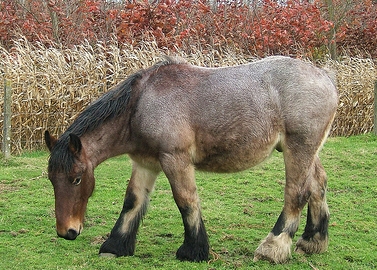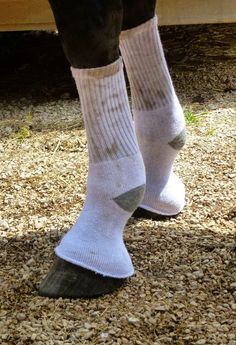Research, headed by Dr. Sabine Sykora, PhD, of the Equine Clinic, University of Veterinary Medicine, Vienna, Austria, has found a red complex bacteria present in the early stages of EOTRH – Equine Odontoclastic Tooth Resorption andd Hypercementosis. EOTRH is most commonly seen in horses 15 years and older.
The bacteria, designated as red, is part of a color code that classifies it as severe. it is not named for its color.
Hypercementosis occurs when the roots of the tooth create what appears like cement that protrudes from the gum.
The red complex bacteria is present in humans with periodontal disease, but Dr. Sykora and her team are the first to isolate it in horses. The bacteria is found in what is called the crevicular fluid which is the fluid between the tooth and the gum. The bacteria’s presence could mean the horse has more of a chance to develop EOTRH.
With EOTRH, the roots of the tooth start to disappear. The tooth, usually a front incisor, sometimes a canine, becomes loose causing the horse pain. The other teeth shift and hypercementosis can form. Horses affected with the disease can have problems eating or will stop eating altogether.
Diagnosis is made through x-rays. The bacteria can be transferred horse to horse by sharing living quarters and equipment.
Some veterinarians treat the disease by extracting those teeth most affected which appears to slow down progression. Antibiotics are prescribed and the horse is put on a soft diet for several weeks. There is no other treatment at present.
Finding the red complex bacteria with EOTRH can help prevent the disease or identify it in it’s early stages, helping treatment to be more successful.
For more information, please look at the article published in the Equine Veterinary Journal referring to EOTRH related to periodontal disease.


